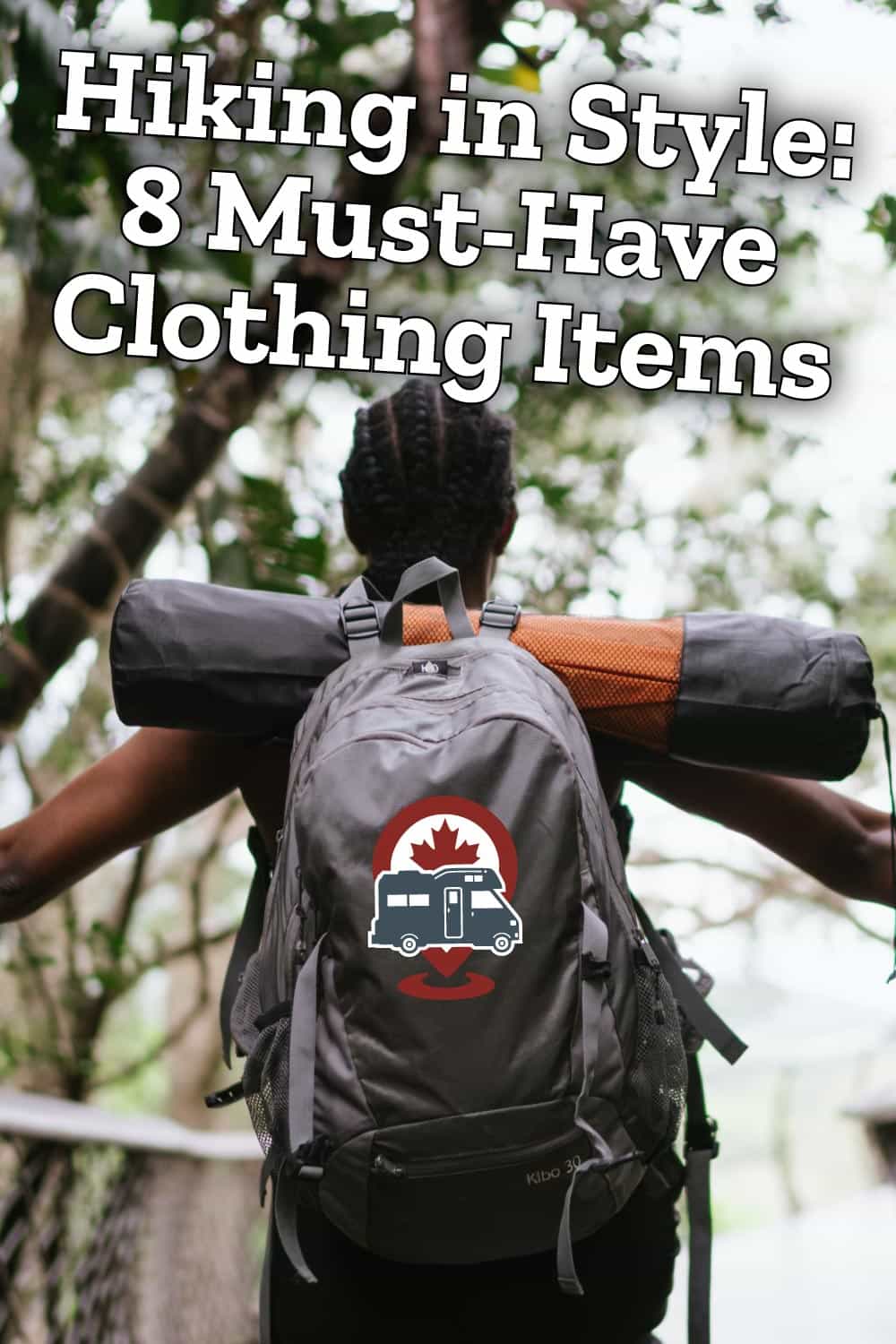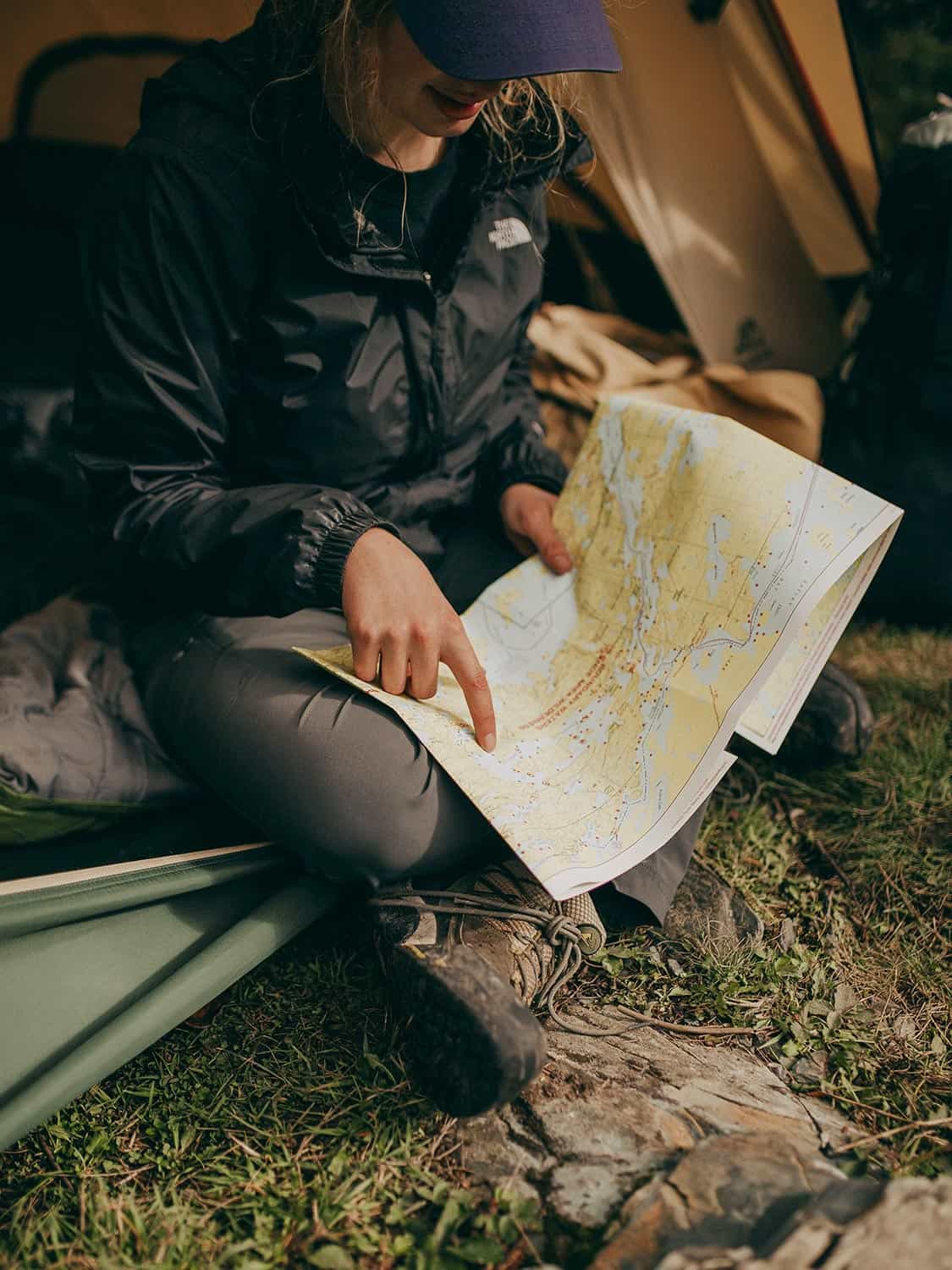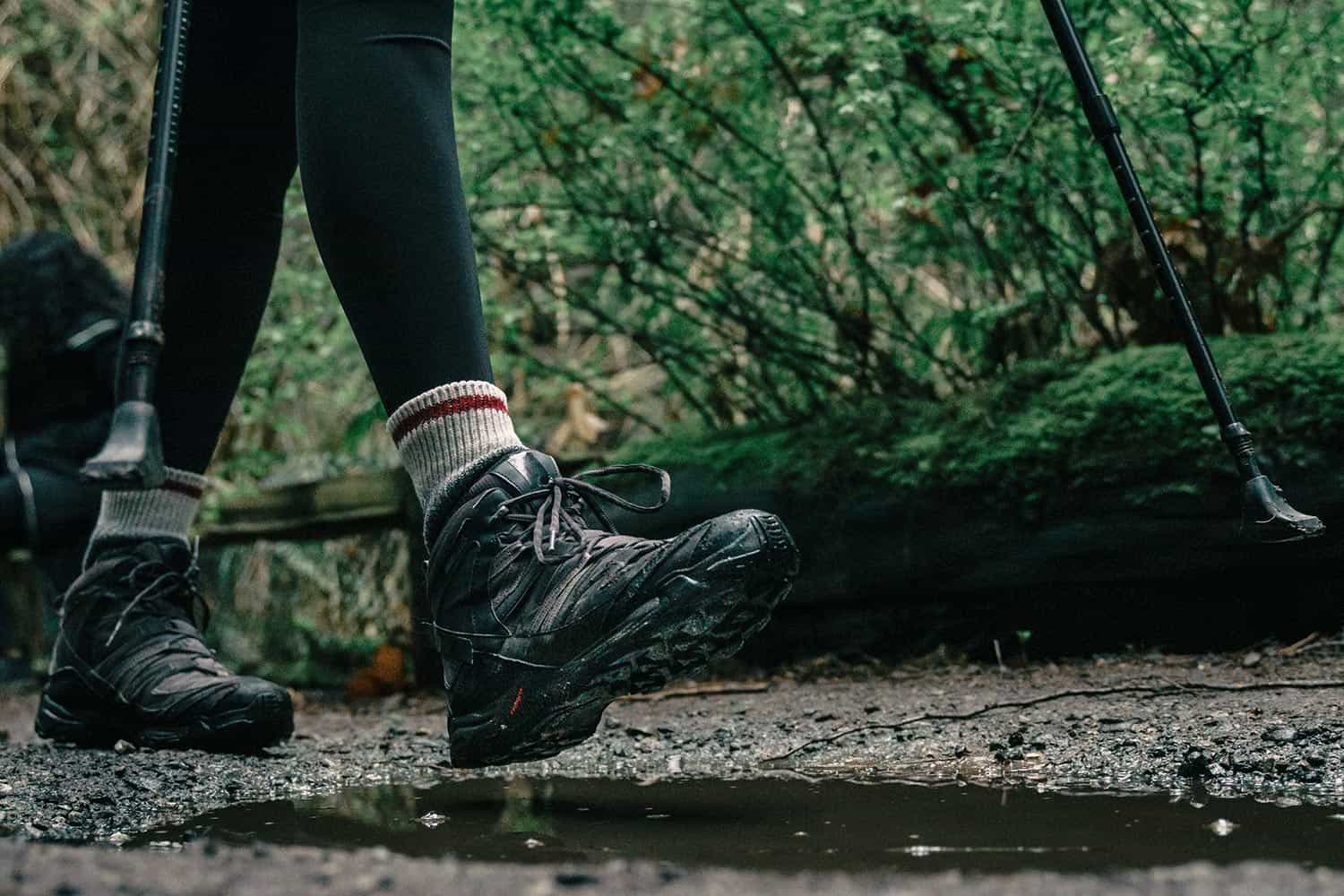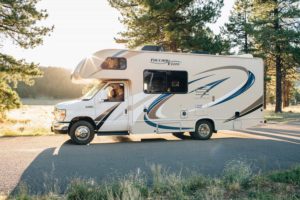Hiking is fun—but it starts with the right clothing choices. It is important to come prepared to go hiking. The following checklist features hiking clothing, gear, and accessories. Check it out and hike comfortably with no fashion regrets!

- Breathable Undergarments
Hiking with uncomfortable undergarments is a recipe for rubbing, chafing, and sweating. Cotton underwear is perfect for everyday use, but it absorbs water. For hiking, you should look for underwear with synthetics like nylon and polyester, which wick sweat and dry quickly. Make sure they stretch and fit you well.
- Moisture-Wicking Tanks/Tees
Sweat is a hiker’s greatest enemy. Moisture-wicking tanks and tees will help you break a sweat without that sticky, clammy feeling. Specific fabrics like merino wool keep your skin dry once your body stops producing sweat by regulating its temperature. Merino wool is lightweight and versatile, with good breathability and odour control.
- Jacket
When it’s bright and sunny outside, it becomes tempting to leave your jacket at home when packing for a hike. You should live by the rule “expect the unexpected” regarding weather, especially living in Canada. A sudden downpour or heavy fog could put you at risk of hypothermia. To protect yourself, wear a jacket, whether it be a thin rain jacket or an insulated winter jacket that goes over a base or middle layer.

- Sturdy Pants/Capris or Shorts
Hiking pants should be a balance of comfort, durability, mobility, sufficient storage, and style. As you’re hiking, your legs experience the vast majority of the movement, making hiking pants instrumental. You should search for pants that appeal to your personal fashion tastes, or perhaps have soft liners, taped seams, a DWR finish, and accessible pockets.
- Brimmed Hat
The sun can be warming and lift our spirits, but it can also get in the way of an unprepared hiker’s trip. For hotter days, we recommend a hat with a wide brim that goes around your entire head. Other times, a simple baseball or bucket hat can do the trick. Hats keep your head cool and dry. Larger brims block your forehead, eyes, ears, nose, and neck from direct sunlight. Intense exposure to the sun can lead to chapped lips, sunburn, and skin cancer.
- Sturdy Shoes
If you expect to hike in wet conditions or rougher terrain, you might prefer the warmth and protection of durable footwear. A good hiking shoe has thicker material and soles, which give decent traction, flexibility, and support. Some are designed to be waterproof or water-resistant. Find which features and styles work for you! They will make a huge difference with every step along the trail.

- Wool Socks
Wool (specifically merino wool) is a popular hiking material that can be used to create nearly everything discussed in this checklist, including socks! The right pair of socks play a critical role in a comfortable and blister-free trip. Wool socks are a natural fibre that regulates temperature effectively, preventing foot sweat. Wool cushions your feet and retains less smell than synthetic fabrics. Another plus is that they are itch-free, compared to older types of wool socks. For extra protection, add a thin pair under your main hiking socks.
- Sunglasses
The reason why sunglasses are necessary is similar to why brimmed hats are. In sunny climates, sunglasses are a must. They protect your eyes and surrounding skin from the sun and allow you to enjoy the world through vivid colours. Amber lenses increase contrast and visibility. If you are a regular hiker that deals with frequent trail obstacles where you will need to climb or jump, choose glasses with rubber-tipped arms or a wrap-around frame for a perfect hold. Invest in rubber nose and temple pads for better comfort during longer hikes!
A successful, safe hike requires some preparation. We suggest that you experiment with whatever clothing style best suits you. You should also take some time to learn some hiking terminology before your hike so you will have some knowledge of trail systems and symbols. Now, go hit the trail with your new confidence and hiking apparel!


